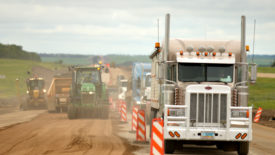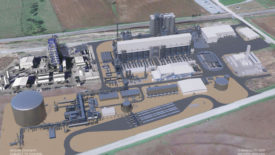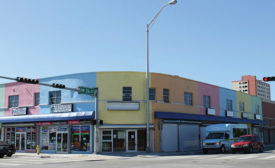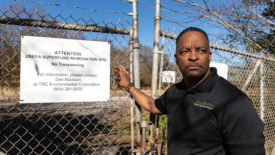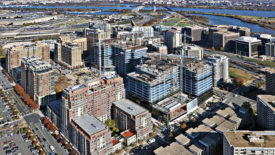- NEWS
- PROJECTS
- BUSINESS
- TALENT
- REGIONS
- TECH
- PRODUCTS
- IDEAS
- COSTS
- LISTS
- INFOCENTERS
- EVENTS
- Award of Excellence
- Best of the Best Project Awards
- FutureTech
- Groundbreaking Women in Construction EAST
- Groundbreaking Women in Construction WEST
- Global Best Projects Awards
- LA Infrastructure Forum
- NY/NJ Infrastructure Forum
- Regional Best Projects
- Seattle Infrastructure Forum
- Top 25 Newsmakers
- Upcoming Events
- Webinars
- MORE
Sustainability
Highways
Georgetown Climate Center study projects carbon dioxide emissions will drop over 10 years
Read More
Materials
Hydrogen, Carbon Black Plant Gets Conditional $1B DOE Loan for Cleaner Technology
Materials producer Monolith plans commercial-scale expansion at Nebraska plant
Read More
Energy
New York City Council Passes Natural Gas Ban in New Buildings
Phased ban will impact projects of less than 7 stories in 2024, taller buildings in mid 2027
Read More
Energy Production
California Plant Would Convert Wood Waste Into Hydrogen Fuel
Developer says $100M facility would divert carbon emissions
Read More
Maine Coastal Towns Join to Prevent Flooding Using Nature-based Methods
One-half million dollars in federal funding with matching funds will pay for collaborative effort
Read More
The latest news and information
#1 Source for Construction News, Data, Rankings, Analysis, and Commentary
JOIN ENR UNLIMITEDCopyright ©2025. All Rights Reserved BNP Media.
Design, CMS, Hosting & Web Development :: ePublishing
